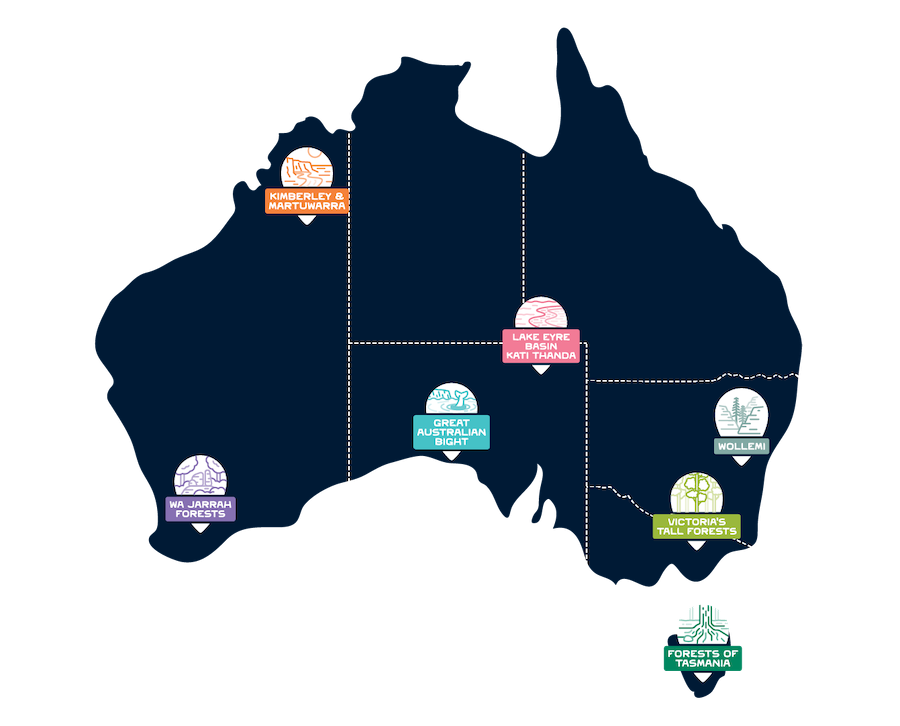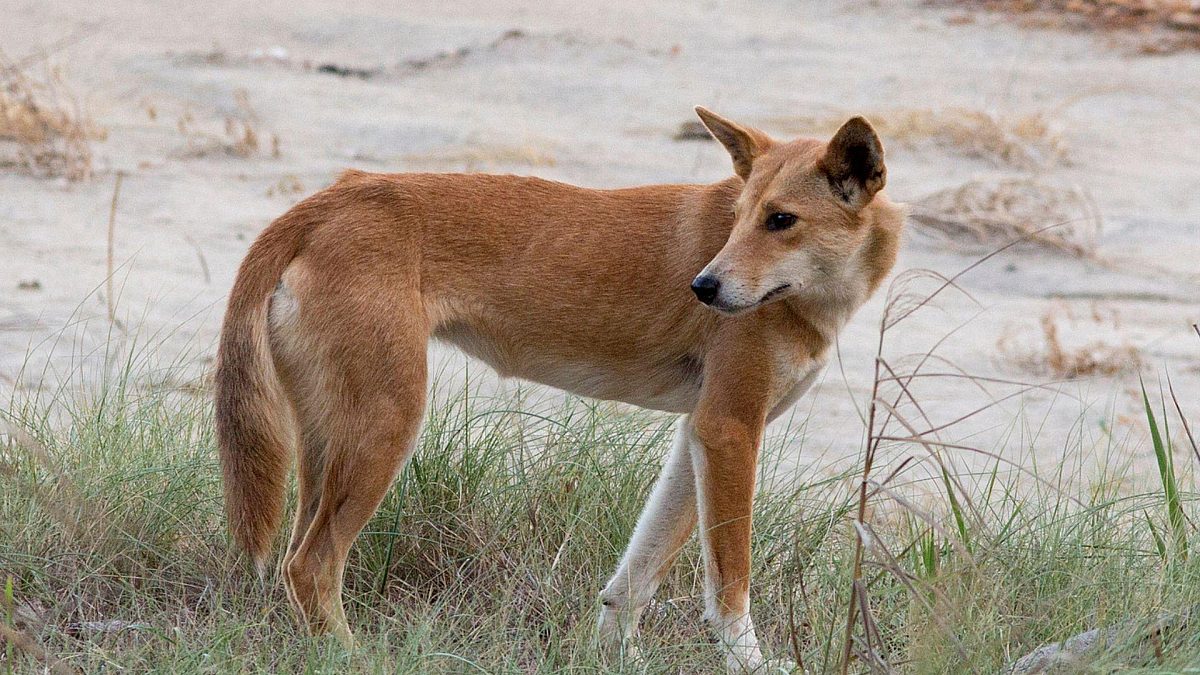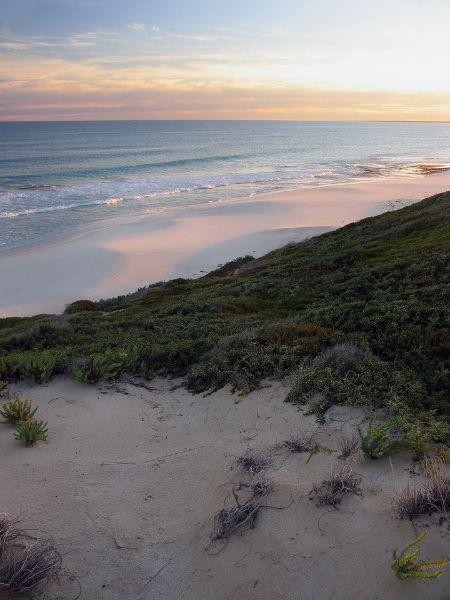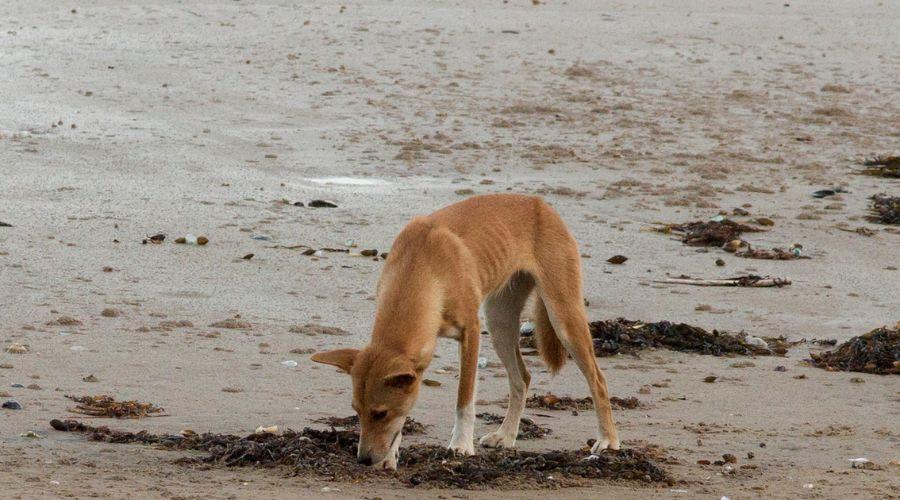
Iconic places
Learn about the ancient wonders of the Australian continent

Your need-to-know questions answered
The dingo is an iconic Australian predator that holds a significant place in the country's ecosystem. Dingoes, often misunderstood and misrepresented, are fascinating creatures that deserve our attention and respect. Below are answers to some burning questions about dingoes, shedding light on their unique status on the Australian continent. (Image above: Judith Deland)

Dingoes cannot be domesticated as pets due to their innate wild nature. They are descendants of ancient wolves and have evolved to survive in the harsh Australian environment.
Dingoes possess strong instincts and behaviours necessary for their survival, which can manifest in unpredictable ways when kept in domestic settings. Their complex social structures, hunting prowess, and need for vast territories make it impractical and unethical to confine them as pets.
Therefore, it is crucial to appreciate and conserve dingoes in their natural habitats, promoting coexistence rather than attempting to domesticate them.
Yes, dingoes are native to Australia. They have been present on the continent for thousands of years, playing a vital role in the ecological balance. It is most likely they were brought to the continent by people between 3,000-5,000 years ago.
Since then dingoes have become an integral part of the Australian ecosystem, shaping the dynamics of predator-prey relationships and maintaining biodiversity. Recognising the dingo's native status is essential for understanding its ecological significance and implementing effective conservation strategies.
Dingoes are exclusively found in Australia due to its geographical isolation. The continent's isolation and separation from other landmasses for millions of years has given rise to extraordinary biodiversity, with unique animals like koalas and platypuses only having evolved here.
Learn more about Australia's ancient, iconic wonders. Australia's isolation also prevented the arrival of other canine species, allowing dingoes to establish themselves as the apex predator. Over time, dingoes have adapted to diverse ecosystems across the continent, ranging from deserts to grasslands and forests.
This isolation and lack of competition from other large predators have allowed the dingo to thrive in Australia, evolving into a unique and distinct canid species with a significant ecological role.

Estimating the exact number of dingoes in Australia is challenging due to their elusive nature and vast distribution. However, studies suggest that there are varying population densities across different regions.
In some areas, dingoes exist in higher numbers, particularly in remote regions with limited human presence. It is very difficult to estimate the overall dingo population, but it's thought it is in the order of hundreds of thousands. Conservation efforts focus on understanding and monitoring dingo populations to ensure their long-term survival and maintain the ecological balance they contribute to.
Dingoes, as native Australian predators, play a crucial role in maintaining ecological harmony. By appreciating and respecting dingoes in their natural habitats, we can ensure the preservation of Australia's unique biodiversity for future generations.